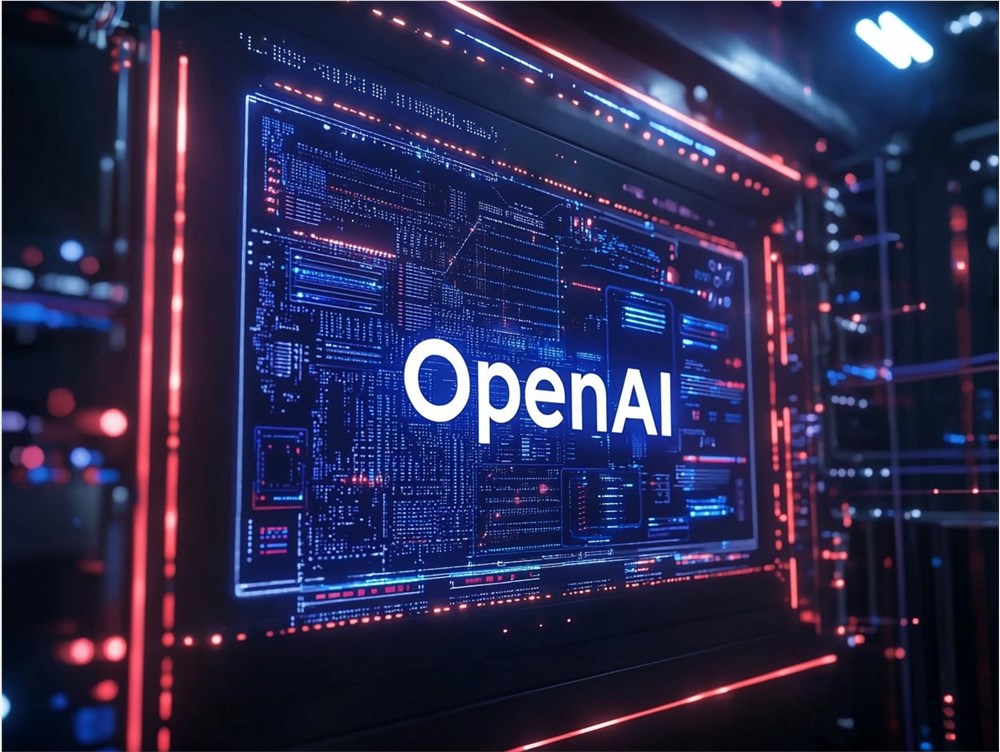A mathematical problem once considered unsolved has actually had an answer for 22 years. Recently, OpenAI's latest AI model, GPT-5Pro, successfully located the proof of Erdős Problem #339, which was published in 2003, through a screenshot of the question. This discovery has surprised the mathematical community.
Erdős Problem #339 was proposed by the famous mathematician Paul Erdős and is a classic problem in the field of number theory. The core of the problem is whether it is possible to ensure that the set of integers formed by the sum of r distinct elements from a set A (also known as an r-base) has a positive lower density. For a long time, this problem was considered an unsolved mathematical puzzle, attracting the attention and research of many mathematicians.

However, the latest research shows that the answer to this problem was already proven in a paper by Hegyvari, Hennecart, and Plagne in 2003. GPT-5Pro quickly identified this key document by analyzing the question screenshot, successfully revealing the answer. This demonstration not only makes GPT-5Pro an academic detective but also provides researchers with a new tool to accelerate mathematical research.
This discovery has sparked heated discussions online. Some netizens began exploring other related mathematical problems, such as the Waring's problem, but soon realized that they differ in strictness from Erdős Problem #339, and thus did not affect the original conclusion. Experts have started to pay attention to the surprising efficiency of GPT-5Pro in verifying academic literature, believing that it could greatly promote the development of scientific research.
Several scholars in the mathematical community have stated that using AI technology to assist research can help them find answers more quickly and reduce unnecessary research time. This is not only a technological advancement but also reflects a common issue in academic research: a large number of published research results may be forgotten or overlooked due to difficulties in information retrieval.
The significance of this event lies not only in finding a forgotten answer but also in demonstrating the unique value of AI in academic research. With the exponential growth of academic literature, traditional methods of literature retrieval are becoming increasingly difficult to handle massive information. AI tools like GPT-5Pro can quickly filter and locate relevant literature, helping researchers avoid redundant research and focus on truly unsolved problems.
This progress has made people excited about future mathematical exploration and has shown us the great potential of artificial intelligence in academic research. From helping discover new knowledge to uncovering forgotten existing knowledge, AI is becoming an indispensable assistant in scientific research. As technology continues to advance, the collaborative model between AI and human researchers may bring more breakthroughs to the academic community.







